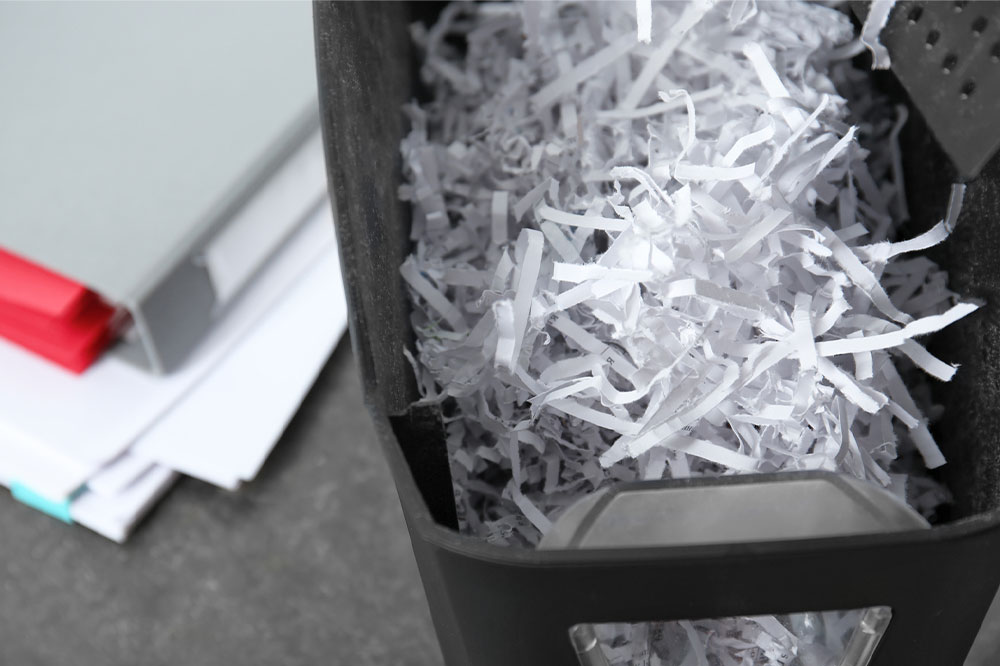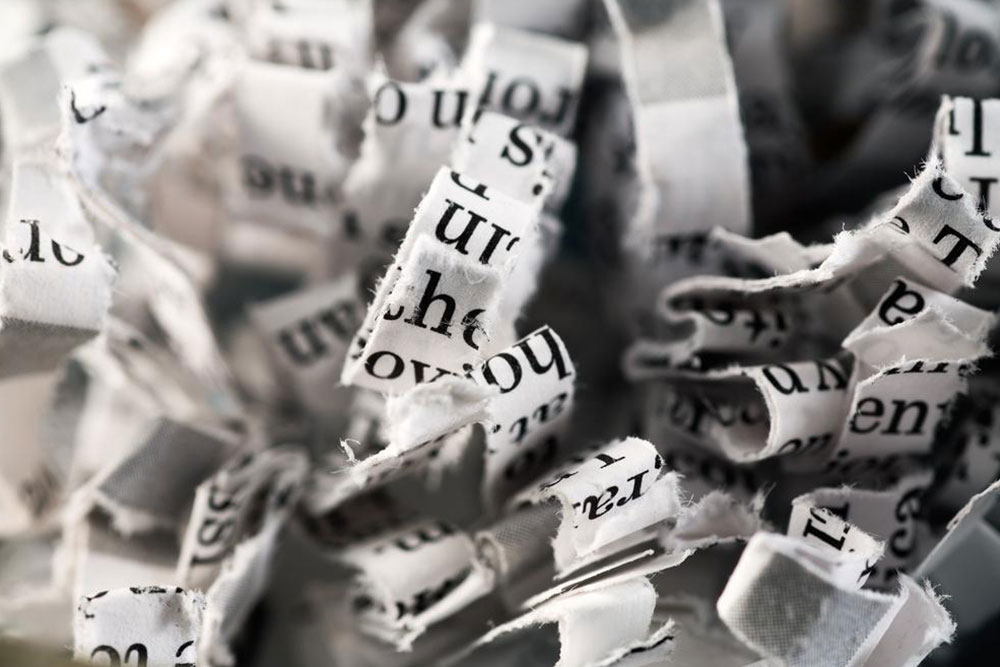Comprehensive Guide to Document Disposal and Shredding
This comprehensive guide explains the importance of document shredding, types of shredders, and tips for choosing reliable shredding services. It highlights security, environmental benefits, and best practices for document disposal, suitable for small businesses and households. Learn how responsible shredding protects privacy, saves the environment, and ensures compliance with regulations. Discover top shredders for home use and professional settings, along with critical factors to consider when selecting a shredding service provider.

Comprehensive Guide to Document Disposal and Shredding
Understanding Document Disposal and Shredding
Document shredding involves transforming paper documents into tiny, unreadable particles, ensuring sensitive information is securely destroyed. The process is carried out using specialized equipment called paper shredders, popular in both office environments and homes. This guide explores the types of shredders, their advantages, and best practices for secure document disposal.
Types of Paper Shredders
Cross-Cut Shredders: Also known as confetti shredders, these devices cut paper into small rectangles and diamonds, making reassembly difficult.
Popular among small businesses for affordability and efficiency, cross-cut shredders are a top choice.
Strip-Cut Shredders: These use a rotating blade to cut paper into long, narrow strips, offering basic security since strips can be reassembled.
Micro-Cut Shredders: For maximum security, micro-cut shredders reduce paper into tiny fragments. They’re costly and mainly used by government agencies and research centers for confidential disposal.
Disintegrators: Heavy-duty machines that slice paper into extremely small particles. Some models can also destroy digital media like USB drives, CDs, and DVDs.
Pierce-and-Tear Units: Designed for industrial use, these punch holes and tear paper into small bits, often used for shredding cardboard and specialty papers.
Reasons to Shred Documents
Protecting Privacy: Prevent identity theft by securely disposing of documents containing personal details such as addresses, phone numbers, financial info, and legal records.
Environmental Impact: Proper shredding and recycling help reduce waste and prevent paper from ending up in landfills, contributing positively to environmental conservation.
Business Security: Proper disposal methods prevent competitors from gaining access to sensitive corporate information, maintaining a competitive edge.
Advantages of Responsible Document Shredding
Ensures data security and peace of mind for organizations and clients.
Supports environmental sustainability through recycling initiatives.
Helps businesses adhere to legal regulations concerning data destruction.
Fosters corporate responsibility by protecting personal and sensitive information.
Choosing a Document Shredding Service
Certification: Verify that the contractor holds relevant certifications.
Availability: Ensure their service hours match your needs.
References: Check reviews or testimonials from previous clients.
Experience: Consider how long they’ve been operating in the shredding industry.
Pricing: Clarify their fee structure and any additional costs.
Recycling Practices: Opt for providers that recycle shredded paper to promote sustainability.
Best Shredders for Homes and Small Offices
Fellowes Powershred Jam Proof 20-Sheet Commercial Shredder
AmazonBasics 12-Sheet Micro-Cut Shredder
Aurora JamFree AU2030XA Cross-Cut Shredder
Bonsaii EverShred Pro 4S30 10-Sheet Model
Swingline 14-Sheet Shredder
Royal 1840MX 18-Sheet Cross-Cut Shredder
HSM Shredstar Continuous Operation Shredder
Note:
Our blog provides valuable insights across various topics, based on thorough research. Please be aware that information might vary across platforms, and we do not guarantee the accuracy of all data. We recommend consulting multiple sources for the most current and beneficial options.










